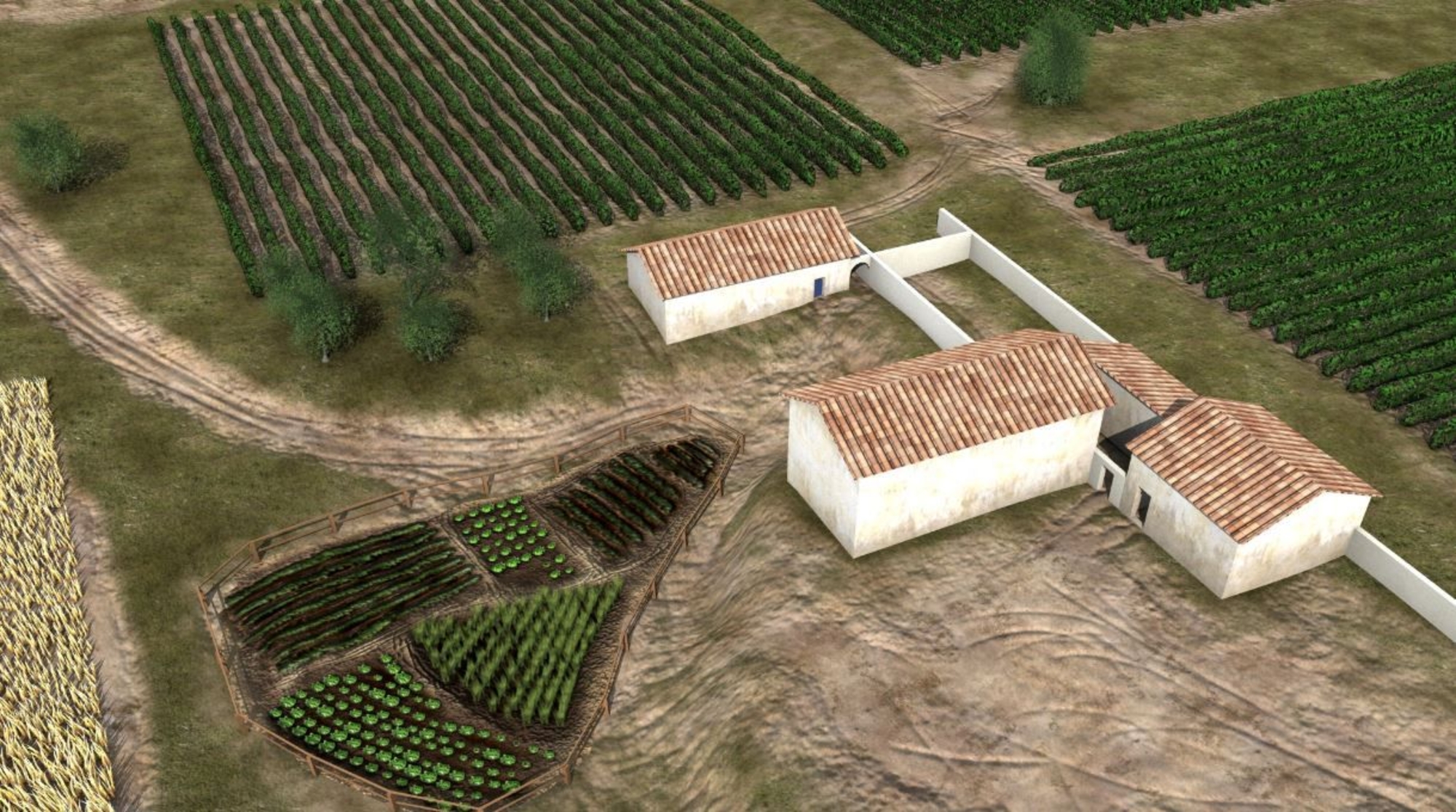
- Home
- Loupian, a villa in Gallia Narbonensis
- Farms in the 1st century BCE
- Everyday Roman objects
Whether in the first farm on the Loupian estate or in the village of Marinesque, tableware and amphorae reveal the openness of the rural populations to Roman objects and the Roman way of life in the 1st century BCE. The amphorae, which account for a third of the material discovered, are of the Dressel 1 type – long and slender with a triangular rim. Like some other amphorae from the Mediterranean basin, they were used to hold a wine that was appreciated by the Gauls. Imported items, which include tableware and drinking vessels, such as Campanian ware cups, plates and platters, as well as thin-walled drinking vessels, provide evidence Romanised consumption. There was a continuation of Gallic customs in terms of ceramic cookware, non-wheel-turned ceramic containers for food storage and food preparation that favoured boiling.
The coins found reveal the wide range of supply sources used by rural sites – which was amplified in the case of the village that was closely linked with the Via Domitia. Roman coinage, in both bronze and silver, was naturally quite present. Coins from Marseille are prominent: the proximity of the trading post of Agathe (Agde) resulted in a continuous flow of silver obols and especially of small bronze coins. Currencies of southern Gaul included coins issued by Baeterrae (Béziers) as well as by the Volcae Arecomici (Nîmes).




